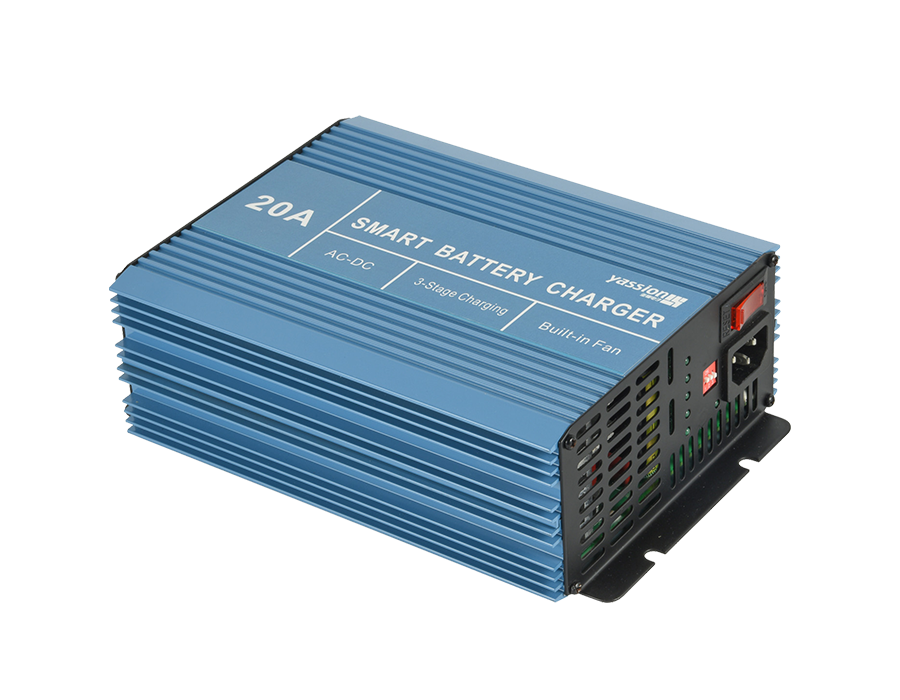Battery chargers have become an essential part of our daily lives as we rely more and more on portable electronic devices. From smartphones to laptops, tablets to cameras, our devices need to be charged regularly to keep them functioning. However, not all chargers are created equal, and using a low-quality charger can have several negative consequences for your devices.
One of the primary benefits of using a high-quality battery charger is that it can help extend the lifespan of your device's battery. Low-quality chargers often provide a higher voltage than necessary, causing the battery to heat up and wear out faster. A high-quality charger will provide the correct voltage and current for your device, ensuring that it charges efficiently without causing damage to the battery.
Another benefit of using a high-quality battery charger is that it can charge your device faster. With advancements in charging technology, many high-quality chargers now support fast charging, allowing you to charge your device quickly and efficiently. This can be especially beneficial when you're in a rush or need to use your device urgently.
Using a high-quality battery charger can also be more cost-effective in the long run. While they may be more expensive upfront, they can help prolong the lifespan of your device's battery, reducing the need for costly battery replacements. Additionally, a high-quality charger will use energy more efficiently, which can help reduce your energy bills.
In conclusion, using a high-quality battery charger for your devices can have several benefits, including extending battery life, faster charging times, and cost-effectiveness. When choosing a charger, it's important to consider the voltage and current requirements of your device, as well as any additional features like fast charging. Investing in a good quality charger can help ensure the longevity of your devices and save you money in the long run.


Rated AC Input Voltage 220VAC
AC Input Range 180VAC-265VAC
AC Input Frequency 50/60Hz +/- 3Hz
Input Over Current Protection 5A (Thermal Protection Switch)
Float Charging Voltage 12VDC-13.8VDC (Factory Setting)
Average Charging Voltage Can be set according to different types of batteries(see attached figure 3)


 English
English 中文简体
中文简体 Español
Español














